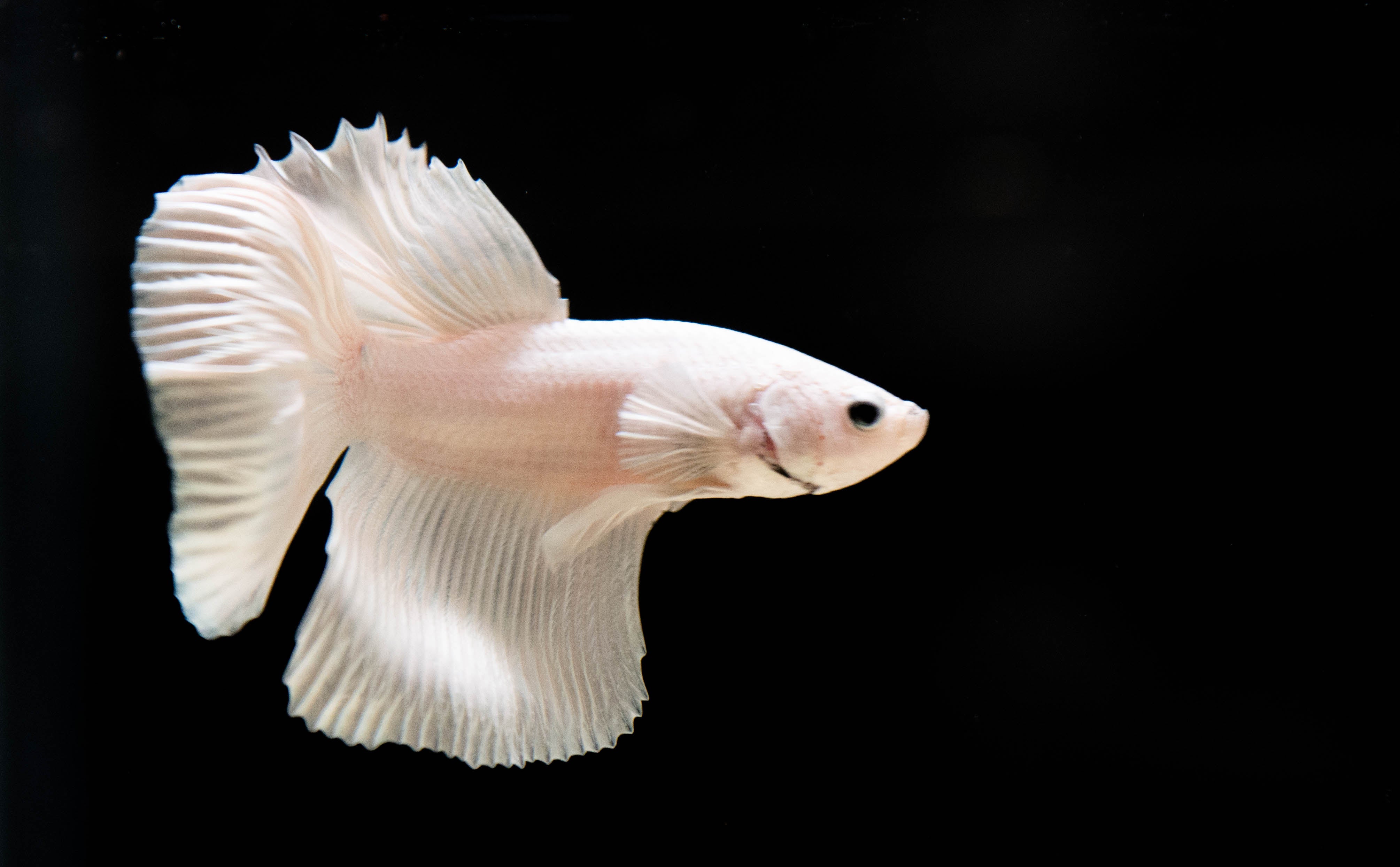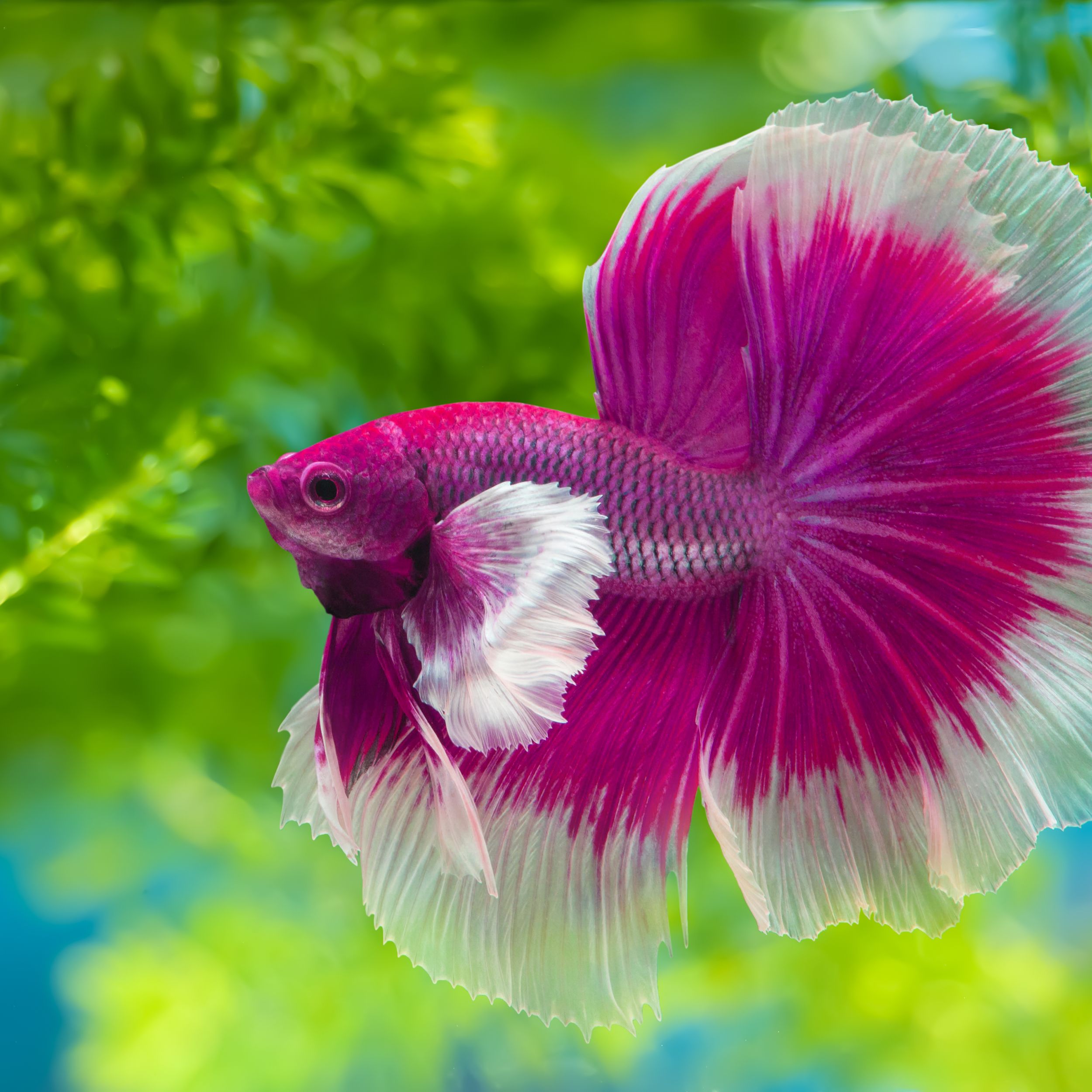Betta Fish Tank Setup: A Step-by-Step Guide for Beginners
Wiki Article
All Regarding Betta Fish: Comprehending Their One-of-a-kind Requirements, Habits, and the Ideal Practices for Ideal Treatment
Recognizing the distinct needs and behaviors of Betta fish is vital for any aquarist seeking to provide optimal care. These exciting creatures, belonging to the warm waters of Southeast Asia, show distinct territorial propensities and call for specific environmental conditions to thrive. From choosing the right tank dimension to acknowledging potential health and wellness concerns, numerous factors substantially affect their well-being. As we check out these components better, the implications for both newbie and seasoned fish caretakers become progressively noticeable, raising questions regarding exactly how finest to suit these impressive fish in our homes.Betta Fish Introduction
Although usually appreciated for their lively shades and streaming fins, Betta fish, medically known as Betta splendens, are complex creatures that call for details like prosper. Originating from Southeast Asia, these freshwater fish are known for their territorial nature and unique actions. Betta fish exhibit sexual dimorphism, with men showing a lot more vibrant colors and longer fins than ladies.Their hostile tendencies, particularly among males, demand mindful factor to consider when housing them. Bettas are frequently kept in single-specimen storage tanks to avoid territorial disputes. However, they can coexist quietly with specific compatible varieties in larger neighborhood containers, gave the atmosphere meets their demands.

To ensure optimal care, aquarists should comprehend their one-of-a-kind behavior traits, dietary needs, and habitat requirements. betta fish. With proper attention, Betta fish can display their lively individualities and prosper in a properly maintained fish tank setup
All-natural Environment and Setting
Betta fish flourish in a diverse variety of all-natural environments, mostly found in the superficial waters of Southeast Asia, including rice paddies, swamps, and slow-moving streams. These environments are defined by warm temperature levels, usually in between 75 ° F and 82 ° F(24 ° C and 28 ° C ), and a pH level varying from 6.5 to 7.5, which is suitable for their health and wellness.
In their natural environments, Betta fish are accustomed to dense greenery, giving both sanctuary and breeding grounds. The presence of plants such as drifting water lilies and thick lawns not only supplies security from predators yet likewise adds to the oxygenation of the water, which is crucial for their respiratory system demands. Additionally, these settings commonly have areas of still water, permitting Betta fish to display their all-natural habits such as bubble nesting.
Recognizing the natural habitat of Betta fish is critical for aquarium fanatics. Duplicating these problems-- through water temperature level, pH balance, and the addition of live plants-- can dramatically enhance the total health and long life of these exciting fish, ensuring they flourish in a home aquarium setup.
Social Behavior and Interactions
Recognizing the social habits and interactions of Betta fish is necessary for successful aquarium monitoring. Betta fish, or Siamese fighting fish, are understood for their unique behavior traits, identified primarily by territoriality and hostility. Men, in certain, display extremely hostile actions towards each other, bring about the notorious track record of Betta fish as boxers. In a confined space, two males can involve in terrible confrontations, frequently leading to injury or fatality.Alternatively, women Bettas show less aggressive habits and can coexist in teams, referred to as sororities, if introduced correctly. Nevertheless, it is essential to monitor their interactions carefully, as hierarchy and dominance can lead to conflicts. Understanding the dynamics within a Betta area is essential; developing hiding spots and ensuring ample room can alleviate aggressiveness.
On top of that, Betta fish might likewise display inquisitiveness and social habits towards various other varieties. While they can exist together with certain non-aggressive container companions, it is important to choose suitable types to avoid stress and anxiety and hostility. Overall, identifying these social communications is vital to fostering a harmonious aquarium atmosphere for Betta fish.
Important Care Standards
Giving proper look after Betta fish is critical to their wellness and well-being. To make certain a flourishing setting, it is important to maintain ideal water conditions. The water temperature level should be maintained in between 76 ° F and 82 ° F(24 ° C to 28 ° C), while pH levels need to range from 6.5 to 7.5. Routine water changes-- around 25% once a week-- assistance keep water quality.Betta fish need a suitable tank dimension; a minimum of 5 gallons is recommended to provide sufficient area for swimming and hiding. Include designs and plants to produce a revitalizing setting, however prevent sharp items that might damage their delicate fins.

Lastly, ensure the container is outfitted with a filter to maintain the water clean, but use a mild filter to prevent strong currents that can stress the fish. By adhering to these essential treatment guidelines, owners can advertise a healthy and vibrant Betta fish.
Common Wellness Issues and Solutions
In the treatment of Betta fish, awareness of usual health and wellness issues is necessary for maintaining their health. To treat fin rot, boost water conditions and think about using a broad-spectrum antibiotic.One more usual condition is ich, a parasitic infection defined by white spots on the fish's body (betta fish). Therapy entails enhancing water temperature level and adding fish tank salt to the storage tank, as this can aid eliminate the bloodsucker
Swim bladder problem is also often observed, leading to buoyancy issues. view website This problem might occur from overfeeding or constipation. A fasting period of 24-48 hours, complied with by a diet regimen of blanched peas, can provide relief.
Lastly, bettas may experience from velour condition, indicated by a gold dust-like appearance on their skin. Treatment commonly requires medication particularly made for external bloodsuckers, along with enhanced tank health.
Regular surveillance of water specifications, keeping a tidy environment, and providing a balanced diet are critical preventive measures. By dealing with these health and wellness problems immediately, Betta his explanation fish can lead much healthier, extra vivid lives.
Verdict
In summary, effective betta fish treatment requires an understanding of their unique demands and habits. Regular surveillance of health and wellness and water quality, along with a well balanced diet, adds to the durability and vibrancy of betta fish.Report this wiki page